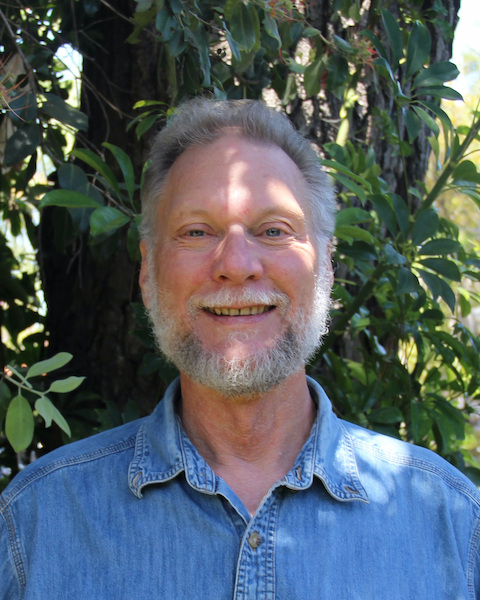CBI identifies potential locations, by road segment, where enhancements to existing undercrossings and additional fencing could facilitate wildlife movement across conserved lands near Route 94 in San Diego County
Conserved lands in southern San Diego County form the cornerstone of the San Diego Natural Community Conservation Planning (NCCP) network. This region supports the largest expanse of remaining coastal habitats in southern California—coastal sage scrub, maritime succulent scrub, chaparral, riparian woodlands, vernal pools, and grasslands. Intact landscapes are critical to genetic interchange within plant and animal populations and allow dispersal and recolonization of new areas. Large landscapes that span elevational gradients, such as this core area in south San Diego County, also enable populations to shift in response to environmental and land use changes.
State Route 94 (SR-94) cuts through the heart of this core area, potentially impeding wildlife movement across otherwise intact landscapes. New residential development and a casino under construction in Jamul will increase traffic and potentially impact the wildlife value and connectivity of adjacent conserved lands. Proposed road improvements associated with these new land uses provide an opportunity to mitigate the potential barrier effects of SR-94. Scientific literature suggests that strategically-placed wildlife fencing along roads, combined with effective wildlife crossing areas (e.g., undercrossings, overcrossings, bridges) are the most effective means of influencing animal behavior and directing animal movement, thereby reducing roadkill, enhancing connectivity, and improving traffic safety.
The purpose of this document is to provide available background information and connectivity objectives for multiple taxa that use this area and to identify potential infrastructure examples that could improve connectivity across the south county preserves. This document describes land uses, vegetation communities, and existing infrastructure along 12 miles of SR-94 and identifies potential locations, by road segment, where enhancements to existing undercrossings and additional fencing could facilitate wildlife movement across conserved lands. Because there are little wildlife movement data for this area, we outline wildlife movement studies and systematic collection of roadkill data that should begin now to inform and refine the actual design and placement of wildlife fencing and crossing structures. Once implemented, post-construction monitoring should be conducted to ensure that the new infrastructure is functional and cost-effective.



